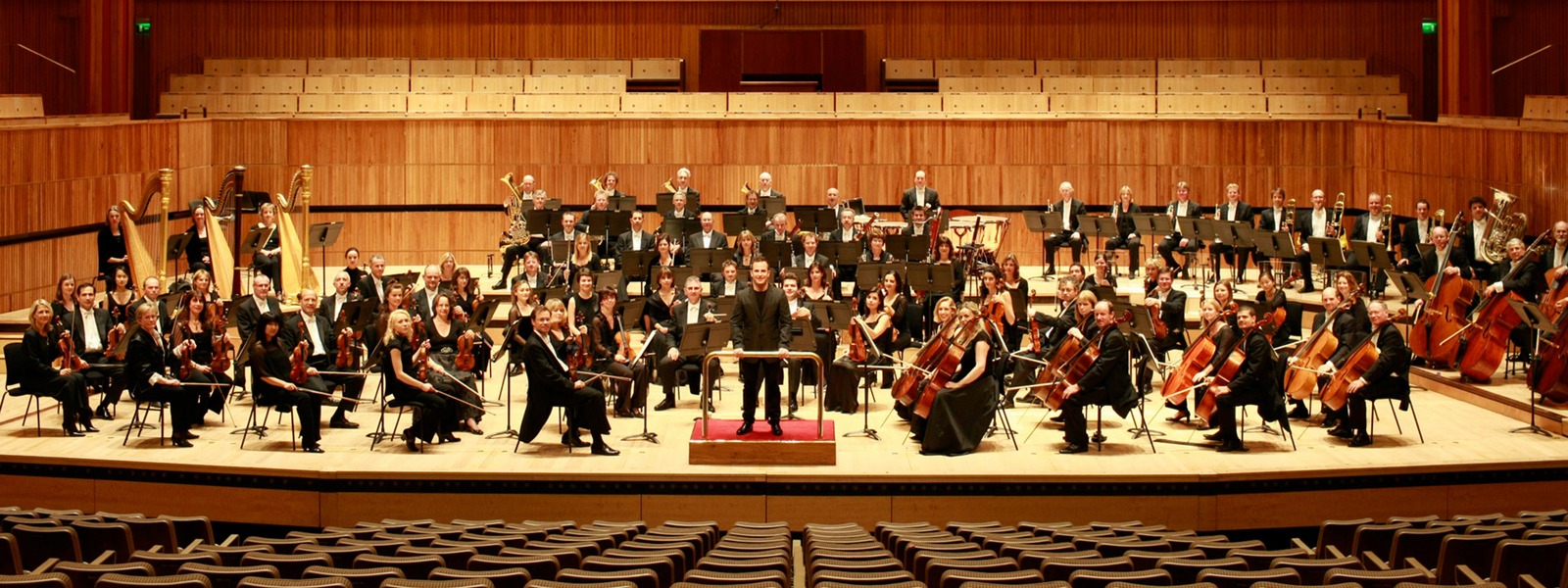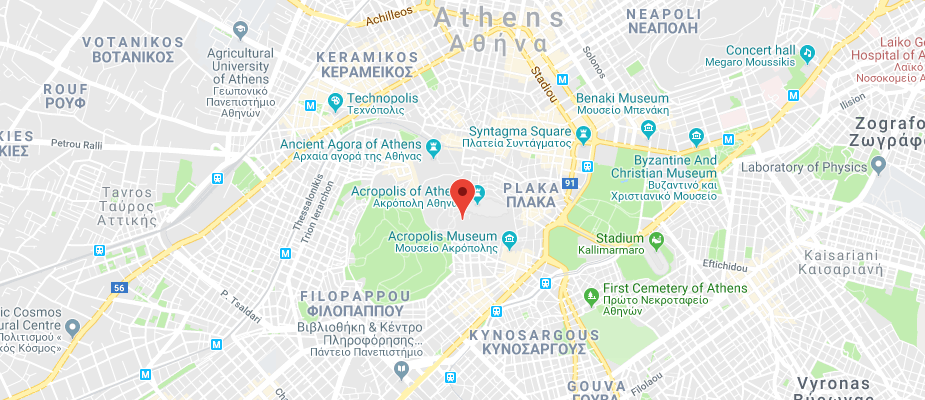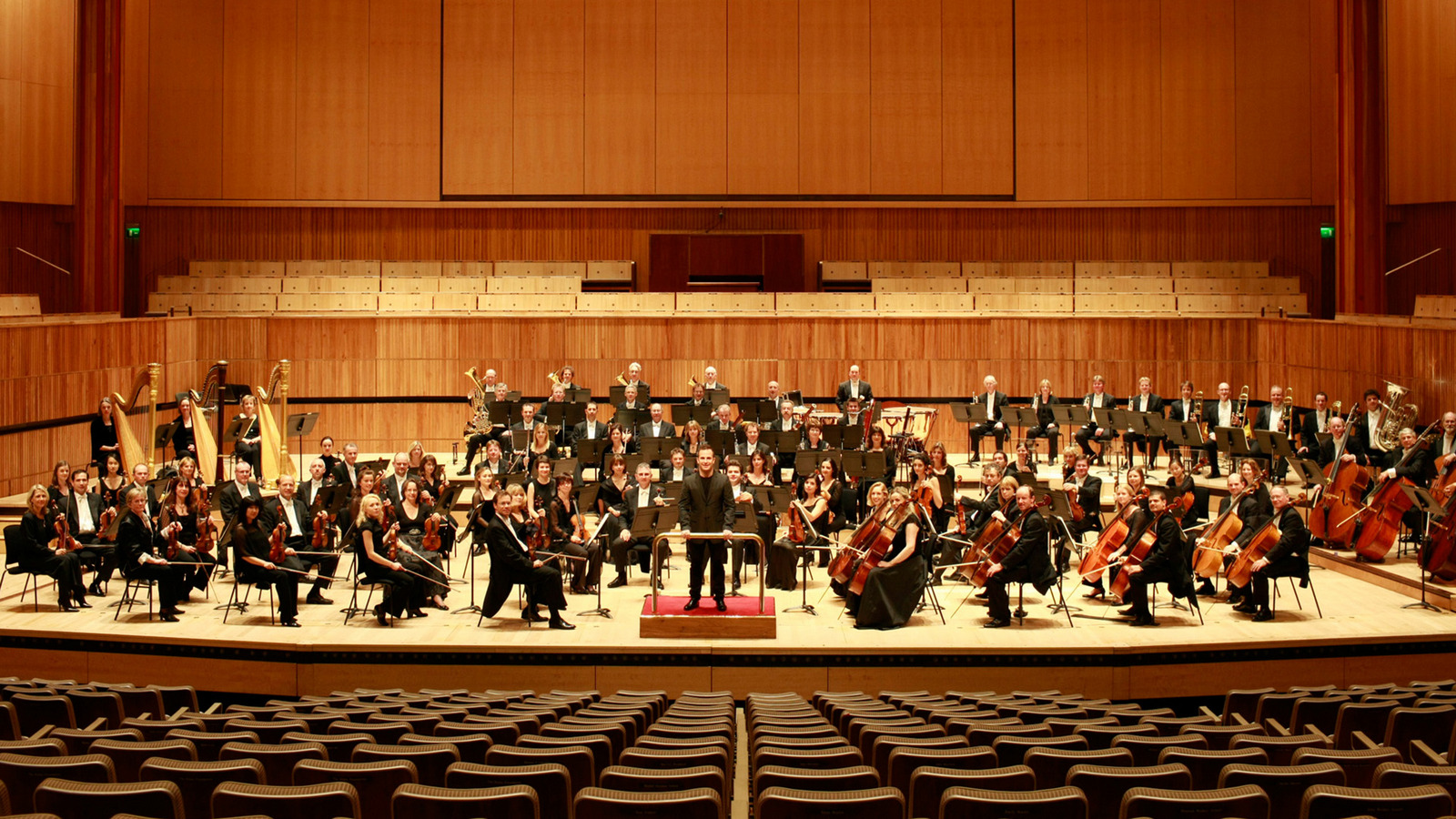Philharmonia Orchestra – Esa-Pekka Salonen
Works by Liszt, Mahler
When Finland’s Esa-Peka Salonen (b.1958, Helsinki), one of the most eminent conductors of his generation and a composer of note in his own right, joined forces with London’s Philharmonia Orchestra, a leading player on the British and international stage, it was truly a meeting of musical giants. Now, conductor and orchestra have chosen to mark the conclusion of their first season together with an enticing programme: Liszt’s Piano Concerto No 2 and Mahler’s Sixth Symphony.
Liszt’s Second Concerto for Piano and Orchestra was premiered in 1857, in Weimar, with Liszt himself conducting. Less virtuosic than the First Piano Concerto, it shows far more originality in form, approaching that of the composer’s symphonic poems. In fact, Liszt called this work Concerto Symphonique while still in manuscript. Liszt also uses the soloist in a unique manner: through a series of variations and thematic transformations, the listener is brought to the ingenious finale.
Composed between 1903 and 1904, Gustav Mahler’s Symphony No. 6 in A minor, is sometimes referred to as the Tragische. But its tragic – perhaps even nihilistic – ending is unexpected, given that it was composed at an exceptionally happy period in Mahler’s life: he had married Alma Schindler in 1902, and during the course of the work's composition his second daughter was born. Although Alban Berg referred to it as “the only sixth, despite the (Beethoven) Pastoral,” this emotionally charged work still remains one of Mahler’s less popular symphonies.

Odeon of Herodes Atticus
- 17/06/2009 at 21:00
all events
Opera | Music | Theatre | grape | subset | Dance | Education | Αναβίωση | Classical music | Performance | Contemporary music | Contemporary Ancients | Premiere | Greek Debut
Ancient Theatre of Epidaurus | Little Theatre of Ancient Epidaurus | Peiraios 260 | Odeon of Herodes Atticus | Stavros Niarchos Foundation Cultural Center | Lycabettus Theatre | Greek Art Theatre Karolos Koun | Ancient Theatre of Epidaurus | Exhibition Hall | Athens Conservatoire | Stathmos Theatre | Hellenic Cosmos Cultural Centre Pireos 254 Tavros
all venues




